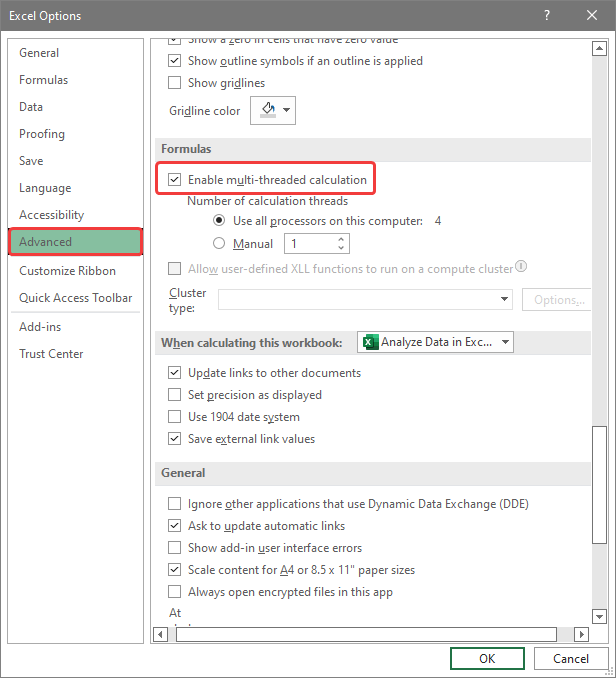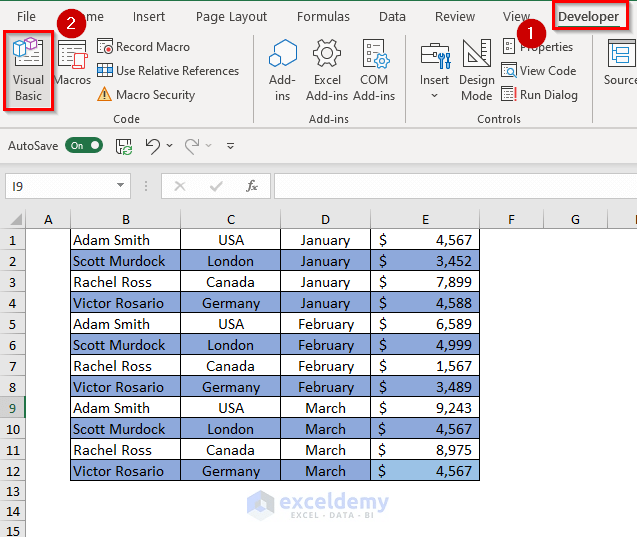5 Ways to Separate Sheets in Excel 2010 Easily

Excel 2010 is a robust tool for data manipulation, organization, and analysis. Whether you're managing business reports, financial statements, or personal budgets, knowing how to organize your data effectively is crucial. One common task is separating sheets within an Excel workbook, which can be necessary for various reasons like better navigation, clearer data presentation, or organizing data into different categories. Let's explore five methods to easily separate sheets in Excel 2010.
1. Using the Move or Copy Feature


The most straightforward way to separate sheets involves using Excel's built-in 'Move or Copy' feature:
- Right-click on the tab of the worksheet you wish to move or copy.
- Choose 'Move or Copy' from the context menu.
- In the dialog box that appears, select where you want to move or copy the sheet to:
- Choose a new workbook to open the sheet in a separate workbook.
- Create a copy by checking the 'Create a copy' option.
- Select the workbook or an existing sheet within the current workbook where you want the sheet to appear.
📌 Note: If you choose to move rather than copy, the original sheet will be removed from its initial location.
2. Creating New Workbooks for Each Sheet

If you need individual workbooks for each sheet in your Excel file:
- Hold down the Ctrl key, and click on the tabs of the sheets you want to separate into new workbooks.
- Right-click on any of the selected tabs and select 'Move or Copy'.
- In the dialog box, choose 'New Workbook' from the 'To book:' dropdown list.
- Make sure to check the 'Create a copy' option if you don't want to move the sheets permanently.
3. Using VBA to Automate Sheet Separation


For those who work with Excel frequently, Visual Basic for Applications (VBA) can automate repetitive tasks:
- Press Alt+F11 to open the VBA editor.
- Go to Insert > Module to add a new module.
- Paste the following VBA code:
Sub SeparateSheets()
Dim ws As Worksheet
For Each ws In ThisWorkbook.Worksheets
If ws.Name <> "Sheet1" Then ' Skip a specific sheet if needed
ws.Copy
ActiveWorkbook.SaveAs "C:\YourPath\" & ws.Name & ".xlsx"
ActiveWorkbook.Close False
End If
Next ws
End Sub
💻 Note: Make sure to replace "C:\YourPath\" with the path where you want to save the new workbooks.
4. Drag and Drop Method

A quick and simple way to move sheets within the same workbook or to a new one:
- Click on the worksheet tab you want to move or copy.
- While holding down the Shift key (for moving) or Ctrl key (for copying), drag the sheet tab left or right within the same workbook.
- Or, for a new workbook, drag it outside of the Excel window until you see a new Excel window icon, then release.
5. Using Excel Add-ins or Third-party Tools

There are several third-party tools and Excel add-ins designed to enhance Excel's functionality:
- Install tools like Kutools for Excel, Ablebits, or ASAP Utilities.
- Use features like Split Workbook or Merge Worksheets to manage sheets more efficiently.
⚙️ Note: Be cautious when using third-party tools; ensure they are from reputable sources to avoid potential security risks.
In conclusion, Excel 2010 offers multiple methods to separate sheets, each suitable for different scenarios. Whether you need a quick, hands-on approach like dragging sheets or prefer automating the process with VBA, you can tailor your workflow to suit your needs. By understanding these techniques, you can enhance your data organization, simplify navigation, and boost productivity when managing multiple sheets in Excel.
Can I separate sheets without creating new workbooks?

+
Yes, you can use the ‘Move or Copy’ feature to rearrange sheets within the same workbook or use VBA to automate this process internally.
What happens if I accidentally move a sheet instead of copying it?

+
If you move a sheet instead of copying, the original sheet will be removed from its initial location. However, you can always use the ‘Undo’ command (Ctrl+Z) to reverse the action if it was a mistake.
How can I quickly identify sheets within a large workbook?

+
Consider organizing sheets using color coding, grouping related sheets together, or using VBA to create a table of contents sheet for easier navigation.
Are there any risks associated with using VBA for sheet separation?

+
While VBA offers automation benefits, incorrect code can lead to data loss or corruption. Always ensure you back up your workbook before running VBA macros and validate the code thoroughly.
What is the best method for frequent sheet separation?

+
If you frequently separate sheets, developing a VBA macro or using an Excel add-in can save time in the long run by automating the process.



